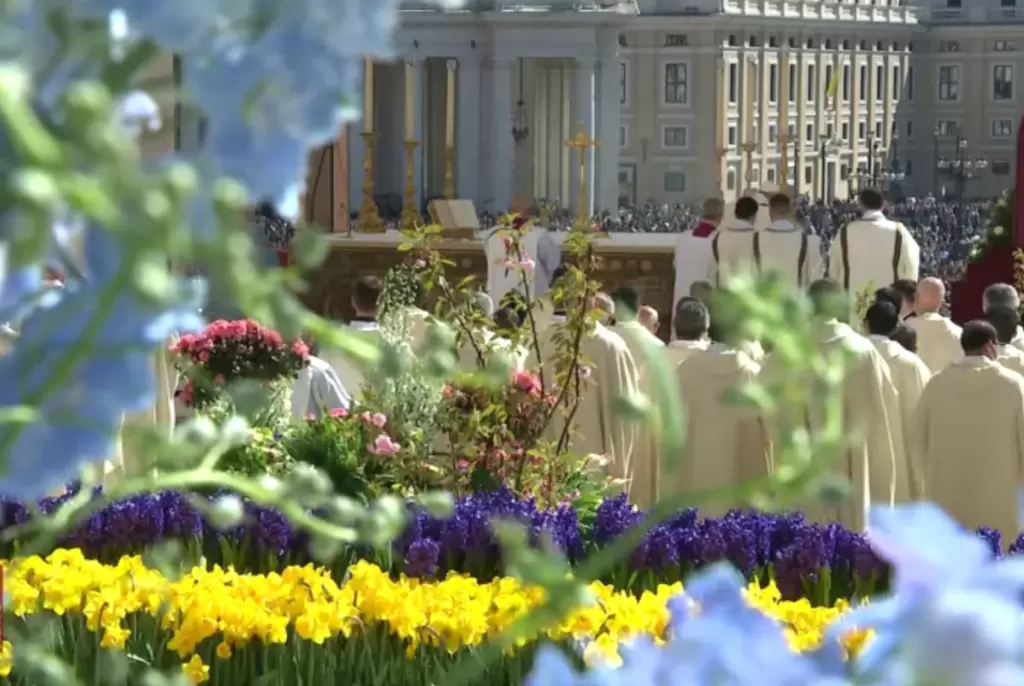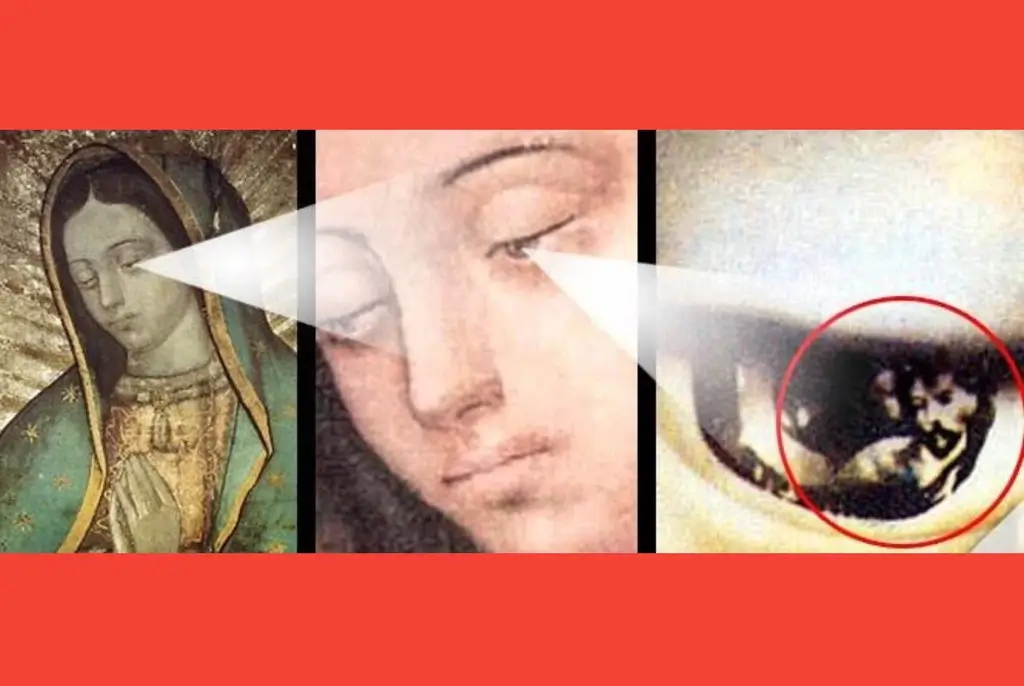natural powers
According to the six stages of ascension into God, there are six stages of the soul’s powers by which we mount from the depths to the heights, from the external to the internal, from the temporal to the eternal–to wit, sense, imagination, reason, intellect, intelligence, and the apex of the mind, the illumination of conscience (“Synteresis”). These stages are implanted in us by nature, deformed by sin, reformed by grace, to be purged by justice, exercised by knowledge, perfected by wisdom.
Therefore he who wishes to ascend to God must, avoiding sin, which deforms nature, exercise the above-mentioned natural powers for regenerating grace, and do this through prayer. He must strive toward purifying justice, and this in intercourse; toward the illumination ofknowledge, and this in meditation; toward the perfection of wisdom, and this in contemplation.
Now just as no one comes to wisdom save through grace, justice, and knowledge, so none comes to contemplation save through penetrating meditation, holy conversation, and devout prayer. Just as grace is the foundation of the will’s rectitude and of the enlightenment of clear and penetrating reason, so, first, we must pray; secondly, we must live holily; thirdly, we must strive toward the reflection of truth and, by our striving, mount step by step until we come to the high mountain where we shall see the God of gods in Sion [Ps., 83, 8]
Since, then, we must mount Jacob’s ladder, rather than descend it, let us place the first rung of the ascension in the depths, putting the whole sensible world before us as a mirror, by which ladder we shall mount up to God, the Supreme Creator, that we may be true Hebrews crossing from Egypt to the land promised to our fathers; let us be Christians crossing with Christ from this world over to the Father [John, 13, 1]; let us also be lovers of wisdom, which calls to us and says, “Come over to me, all ye that desire me, and be filled with my fruits” [Ecclesiasticus, 24, 26]. For by the greatness of the beauty and of the creature, the Creator of them may beseen [Wisdom, 13, 5].
There shine forth, however, the Creator’s supreme power and wisdom and benevolence in created things, as the carnal sense reports trebly to the inner sense. For the carnal sense serves him who either understands rationally or believes faithfully or contemplates intellectually. Contemplating, it considers the actual existence of things; believing, it considers the habitual course of things; reasoning, it considers the potential excellence of things.
But since with respect to the mirror of sensible things it happens that God is contemplated not only through them, as by His traces, but also in them, in so far as He is in them by essence, potency, and presence; and to consider this is higher than the preceding; therefore a consideration of this sort holds next place as a second step in contemplation, by which we should be led to the contemplation of God in all creatures which enter into our minds through the bodily senses.
The error of naturalism
For St. Bonaventure, the creationist view of the universe is the only one that accounts for the totality of the universe, in the sense of explaining both its structure and the fact of its existence. Natural reason is capable of concluding that the world was created, even though the greatest ancient philosophers such as Plato and Aristotle could not. A sign of this shortcoming can be seen in the common assumption of Plato and Aristotle that matter is unoriginated. However, most Native American tribes attribute this creation to a Creator, and their stories bear a great deal of similarity to the story of creation as outlined in the Book of Genesis.
This is what the Pima Indians of southern Arizona believed – Earth Maker took some clay in his hands, mixed it with his own sweat, and formed it into two figures—a man and a woman. He breathed life into them and they began to walk around. They lived. They had children. They peopled the land. They built villages.
The flood is attributed to the wickedness of man by the Tehuelche of Patagonia:
“At a remote time in the past, the earth was inhabited also by people other than those created by the sun-god. They were very bad and fought among themselves all the time. When the sun-god saw this he decided to annihilate these people and to create another population in their stead. To destroy the bad people, the sun-god sent torrential and continuous rain, the springs opened, and the ocean overflowed. In the deluge all mankind and all animals were swept away. . . . the sun-god sent [out] the dove, which returned with blades of grass in its beak, proving thereby that it had found dry land. Then the sun-god decided to create new people. First he made a man, then a woman, and finally a dog to keep them company.”
The Lillooet people of British Columbia believe that one day there was a great and continuous rain that flooded the world.
“The Lillooet Noah, Ntci’nemkin, took refuge with his family in a large canoe. The others ascended to the mountaintops but the flood soon covered them. Only the peak of Split Mountain remained uncovered. As the waters receded, the canoe rested on Smimelc Mountain. When the ground was dry the people descended and repopulated the earth.”
Nturalists hypothesize that the Indians learned these stories from missionaries. This explanation seems to fail as, to the contrary, it is the first missionaries who actually recorded some of these stories.
Some Christian missionaries, particularly during the colonization and settlement of North America, sought to document and preserve Native American beliefs and cultures. They recognized the importance of understanding and documenting these stories as part of their missionary efforts and to gain insights into the spiritual and cultural practices of Native American communities.
These records often served multiple purposes. They were used to understand the Native American worldview and belief systems, which helped missionaries tailor their message to effectively evangelize and convert Native Americans to Christianity. Additionally, the documentation of these stories served an ethnographic or anthropological purpose, as these records were important in studying and understanding Native American cultures.
These stories show the gap between natural reason and both ancient philosophies and modern human naturalism, which contradicts the most important teachings of the Church, which are essentially based on supernaturalism. The stage was set for a naturalistic interpretation of life in the nineteenth century with the Darwinian theory of evolution.
Let it be noted then that this world, which is called the “macrocosm,” enters our souls, which are called the “microcosm,” through the doors of the five senses, according to the apprehension, delectation, and judgment of sensible things themselves.
In this way the species, delighting us as beautiful, pleasant, and wholesome, implies that in that first species is the primal beauty, pleasure, and wholesomeness in which is the highest proportionality and equality to the generator. In this is power, not through imagination, but entering our minds through the truth of apprehension. Here is impression, salubrious and satisfying, and expelling all lack in the apprehending mind. If, then, delight is the conjunction of the harmonious, and the likeness of God alone is the most highly beautiful, pleasant, and wholesome, and if it is united in truth and in inwardness and in plenitude which employs our entire capacity, obviously it can be seen that in God alone is the original and true delight, and that we are led back to seeking it from all other delights.
By a more excellent and immediate way are we led by judgment into seeing eternal truths more surely. For if judgment comes about through the reason’s abstracting from place, time, and change, and therefore from dimension, succession, and transmutation, by the immutable, illimitable, and endless reason, and if there is nothing immutable, inimitable, and endless except the eternal, then all which is eternal is God or is in God. If, then, all things of which we have more certain judgments are judged by this mode of reasoning, it is clear that this is the reason of all things and the infallible rule and light of truth, in which all things shine forth infallibly, indestructibly, indubitably, irrefragably, unquestionably, unchangeably, boundlessly, endlessly, indivisibly, and intellectually.
Since, therefore, all things are beautiful and in some way delightful, and beauty and delight do not exit apart from proportion, and proportion is primarily in number, it needs must be that all things are rhythmical (“numerosa”). And for this reason number is the outstanding exemplar in the mind of the Maker, and in things it is the outstanding trace leading to wisdom. Since this is most evident to all and closest to God, it leads most directly to God as if by the seven differentiae. It causes Him to be known in all corporeal and sensible thing while we apprehend the rhythmical, delight in rhythmical proportions, and though the laws of rhythmical proportions judge irrefragably.
From these two initial steps by which we are led to seeing God in His traces, as if we had two wings falling to our feet, we can determine that all creatures of this sensible world lead the mind of the one contemplating and attaining wisdom to the eternal God; for they are shadows, echoes, and pictures, the traces, simulacra, and reflections of that First Principle most powerful, wisest, and best; of that light and plenitude; of that art productive, exemplifying, and ordering, given to us for looking upon God. They are signs divinely bestowed which, I say, are exemplars or rather exemplifications set before our yet untrained minds, limited to sensible things, so that through the sensibles which they see they may be carried forward to the intelligibles, which they do not see, as if by signs to the signified.
The creatures of this sensible world signify the invisible things of God [Rom., 1, 20], partly because God is of all creation the origin, exemplar, and end, and because every effect is the sign of its cause, the exemplification of the exemplar, and the way to the end to which it leads; partly from its proper representation; partly from prophetic prefiguration; partly from angelic operation; partly from further ordination. For every creature is by nature a sort of picture and likeness of that eternal wisdom, but especially that which in the book of Scripture is elevated by the spirit of prophecy to the prefiguration of spiritual things. But more does the eternal wisdom appear in those creatures in whose likeness God wished to appear in angelic ministry. And most specially does it appear in those which He wished to institute for the purpose of signifying which are not only signs according to their common name but also Sacraments.
From all this it follows that the invisible things of God are clearly seen, from the creation of the world, being understood by the things that are made; so that those who are unwilling to give heed to them and to know God in them all, to bless Him and to love Him, are inexcusable [Rom., 1, 20], while they are unwilling to be carried forth from the shadows into the wonderful light of God [I Cor., 15, 57]. But thanks be to God through Jesus Christ our Lord, Who has transported us out of darkness into His wonderful light, when through these lights given from without we are disposed to re- enter into the mirror of our mind, in which the divine lights shine [I Peter, 2, 9].
wisdom was hidden in things from the foundation of the world
Become Part of Catholic Principle to Further Your Knowledge.













